


Books in series

20th-Century Retailing in Downtown Detroit
2008

20th Century Retailing in Downtown Grand Rapids
2014

Albion in the Twentieth Century
2002
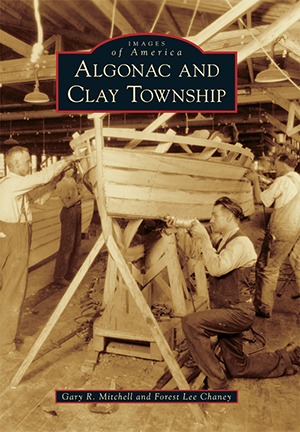
Algonac and Clay Township
2016

Allen Park
2007

Alma
2009

Alpine Township
2007

Arab Americans in Metro Detroit
A Pictorial History
2001

Baseball in Detroit
1886-1968
1998

Battle Creek
2004

Bay View
2014

Bedford Township
2005

Belding
2014
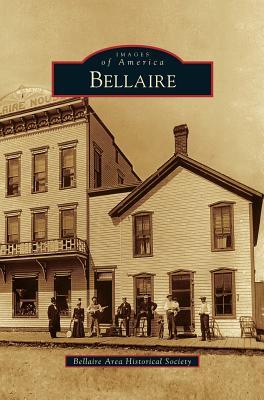
Bellaire
2010

Birmingham
2007

Blissfield
2014
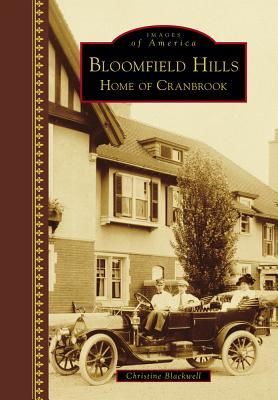
Bloomfield Hills
Home of Cranbrook
2016

Canton Township
2006

The Caro Area
2011

Chesterfield Township
2011

Chevrolet
1960-2012
2012

Chrysler Heritage
A Photographic History
2001

The City of Wayne
2003

Clare
1865-1940
2012

Clarkston
2015

Clawson
2004

Coldwater
2004

Crystal Lake
2009

Dearborn Inn
2011

Dearborn
2003

Detroit Area Test Tracks
2009

The Detroit Athletic Club
1887-2001
2001

Detroit Fire Department
2016

Detroit Police Department
2008

Detroit Television
2010

Detroit in World War I
2015

Detroit's Cass Corridor
2012

Detroit's Historic Drinking Establishments
2008

Detroit's Historic Eastern Market
2013

Detroit's Historic Fort Wayne
2007

Detroit's Historic Water Works Park
2012

Detroit's Holy Cross Cemetery
2009

Detroit's Holy Family Church
100 Years of Sicilian Tradition
2008

Detroit's Hospitals, Healers, and Helpers
2004

Detroit's Mexicantown
2011

Detroit's Mount Olivet Cemetery
2006

Detroit's New Center
2004

Detroit's Olympia Stadium
2000

Detroit's Paradise Valley
2003

Detroit's Polonia
2006

Detroit's Statler and Book-Cadillac Hotels
The Anchors of Washington Boulevard
2002

Detroit's Thanksgiving Day Parade
2003

Detroit's Woodlawn Cemetery
2003

Detroit's Woodmere Cemetery
2006

Detroit
Ragtime and the Jazz Age
2009

Detroit
The Black Bottom Community
2009

Dowagiac
2005

Dundee
2011

Dutch Heritage in Kent and Ottawa Counties
2009

East Lansing
Collegeville Revisited
2002

Eastern Lapeer County
2014

Eastpointe
2003

Emmett Township
2012
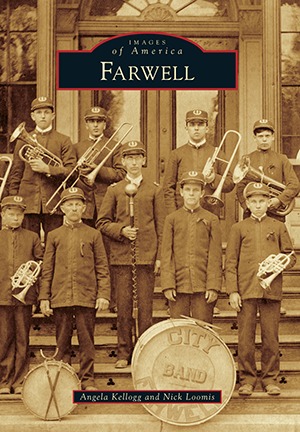
Farwell
2016

Flat Rock
2011

Ford Dynasty
A Photographic History
2002

Frankenmuth
2008

Fraser
2013

General Motors
A Photographic History
1999

Gibraltar
2013

Gladwin County
2008

Grand Marais
2009

Grand Rapids in Stereographs
1860-1900
2007

Grand River
2015

Grand River Avenue
From Detroit to Lake Michigan
2014

Grosse Ile
2007

Grosse Pointe War Memorial
2010

Grosse Pointe
1880-1930
2001

Hamtramck
The World War II Years
2007

Hancock
2014

Harbor Country
2002

Harrison Township
2002

Holly
2004
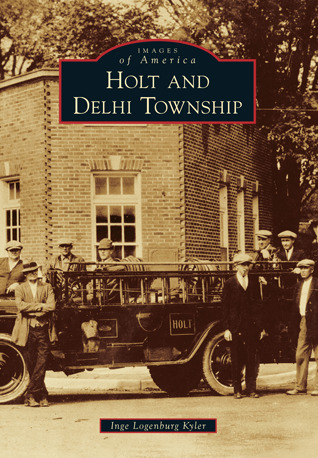
Holt and Delhi Township
2013

Houghton County
1870-1920
2006

Houghton Lake
2014

The House of David
2007

Howell
2013

Hudson's
Detroit's Legendary Department Store
2004

Huron County
2001

Iosco County
The Photography of Ard G. Emery 1892-1904
2015
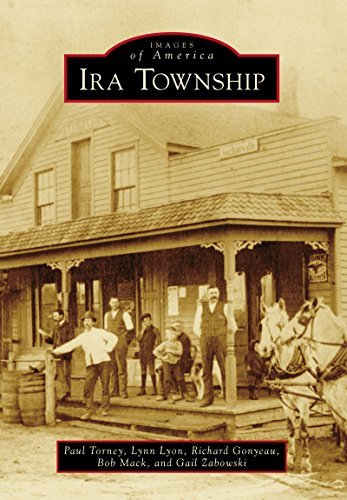
Ira Township
2015

Ironwood, Hurley, and the Gogebic Range
2006

Isabella County
1859-2009
2008

Isle Royale
2007

Italians in Detroit
2005

Jackson County
2013

Jewish Ann Arbor
2006

The Jewish Community of Metro Detroit 1945-2005
2006

Jewish Detroit
2002

Kalamazoo
2003

Kentwood
2006

Keweenaw County
2014

Labor in Detroit
Working in the Motor City
2001

Lake City and Missaukee County
2013

Lake County
1871-1960
2009

Lake Orion
2006

Lake Superior Country
19th Century Travel and Tourism
2002

The Lapeer Area
2006

Lighthouses of Eastern Michigan
2013

Lincoln Park
2005

Livonia Preserved
Greenmead and Beyond
2006

Lost Ann Arbor
2004

Lost Bay City
2015

Lost Benzie County
2011

Lost Coldwater
2014

Lowell
2010

Ludington Car Ferries
2010

Ludington
1830-1930
2005

Madison Heights
2014

Maltese in Detroit
2011

Manistee County
2006

Manistique
2009

Maritime Bay County
2009

Maritime Grand Haven
Coast Guard City USA
2006

Maritime South Haven
1900-1950
2004

Marshall
2007
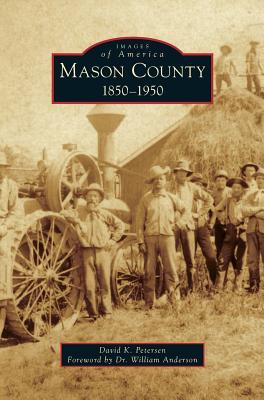
Mason County
1850-1950
2015

Meridian Township
2015

Michigan Humane Society
Animal Welfare in Detroit, 1877-2002
2002

Michigan Memorial Park
2007

Michigan Oil and Gas
2006

Michigan State Fair
2010

Michigan State Ferries
2007

Michigan's Drive-In Theaters
2014

Midland
Her Continuing Story
2002

Midwest Skiing
A Glance Back
2000

Milan
2010
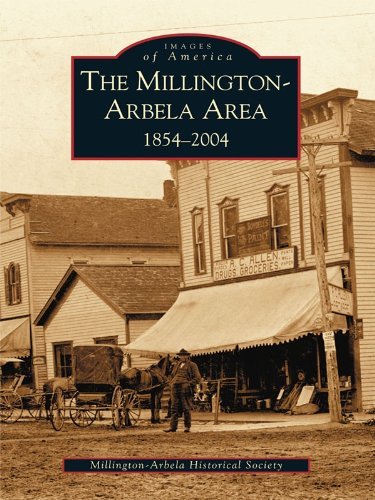
The Millington-Arbela Area 1854-2004
2004

Monroe
The Early Years
2005

Mount Pleasant
1854-1954
2003

New Baltimore
2013

Newaygo County
1850-1920
2006

Northville
2010

Novi
1998

Oak Park
2012

Oakdale
The Lapeer State Home
2014

Ogemaw County
2009

Old Chicago Road
US-12 from Detroit to Chicago
2011

Otsego and Plainwell
2006

Plainfield Township
2008

Plymouth's Air Rifle Industry
2013

Plymouth's First Century
Innovators and Industry
2002

Pontiac
2010

The Portland Area
1869-1939
2005

R.E. Olds and Industrial Lansing
2004

Remembering Detroit's Olympia Stadium
2001

Remembering Michigan's Civil War Soldiers
2015

Rochester and Rochester Hills
2011

Rockford
2009

Romeo
2004

The Romeo Peach Festival
2006

Roseville
2015

S.S. Badger
The Lake Michigan Car Ferry
2003

S.S. City of Midland 41
2004

S.S. City of Milwaukee
2011

Saginaw
2011

Saginaw County
2003

Salem Township
2010

Saline
2003

Sanders Confectionery
2006

Sault Ste. Marie
2008

The Scarab Club
2006

Shelby Township
2010

Sparta Township
2011

The St. Clair River
2011

St. Clair Shores
Village on the Lake
2001

St. Ignace
2008

St. Joseph County's Historic River Country
2005

St. Joseph and Benton Harbor
2003

Sterling Township
1875-1968
2005

Tashmoo Park and the Steamer Tashmoo
2012

Tecumseh
The First Century
2006

Thomas Township
2000

Troy
A City from the Corners
2004

Ukrainians of Metropolitan Detroit
2010

United States Life-Saving Service in Michigan
2000

Vassar
The Cork Pine City
2010

Vernor's Ginger Ale
2008

Victory Township
2007

The Village of Grosse Pointe Shores
2015

Warren
2010

Wayne Fire Department
2004

West Bloomfield and the Tri-Cities
2015

The Works Progress Administration in Detroit
2008

Wyandotte
2007

Wyoming
2010

Ypsilanti in the 20th Century
2003

Ypsilanti
A History in Pictures
2002
Authors
Editor and writer in the Greater Detroit Area, specializing in travel writing and editing, automotive, Michigan companies, and features. A professional journalist with extensive writing and editing experience, Tasker currently works as travel blogger, Drive editor, and Assistant business editor at The Detroit News. "
James K. Wagner had a 37-year career in the automotive industry, most of which was focused on trucks. He is a member of The Society of Automotive Historians and has been a charter member of the SAE History Committee. Librarian's note: There is more than one author in the Goodreads database with this name.

Michelle Moore is a writer, brand specialist, public relations practitioner, mother, model and pageant titleholder. A partner at brand activation agency Involve and president of More Marketing Communications, she specializes in health, wellness and fitness communications. In 2002, she was crowned Mrs. Ohio America and went on to earn her spot in the Top 10 at Mrs. America. This visibility led to her co-starring role in an episode of MTV’s Made as a Made coach for a pageant competitor. Five years later, Michelle headed back to the stage to win the title of Ohio’s Perfect Woman and then on to win the national title becoming the first America’s Perfect Woman. With her modeling start at 17, she has been featured in numerous campaigns, including being in the Carol Wior Swimwear calendar, on jeans hang tags for Express and having her legs hang over the New York Stock Exchange for DSW when it went public. She holds a B.A., Journalism, from The Ohio State University and lives in Columbus, Ohio.

Wallace K. Ewing earned his bachelor and master degrees from Michigan State University and his doctoral degree from the University of Illinois. He was appointed to a Fulbright Lectureship at the University of Tehran in Iran, taught Peace Corps volunteers in West Africa, and trained master degree candidates in Puerto Rico to teach English in the public schools. After serving as Provost of Colby-Sawyer College in New Hampshire, he returned to his hometown of Grand Haven, Michigan, where he was named Director of the local Red Cross Chapter. Dr. Ewing spent 2006-2007 at Dongbei University of Finance and Economics in Dalian, China teaching English writing and American literature. Since his return from China, Dr. Ewing has continued to research and write about Grand Haven history and family genealogy. He is the author of more than a dozen books.
There is more than one author with this name. Jeremy Williams has a B.A. in History from Michigan State University and is currently pursuing an M.A. in African American Studies. He is the author of Detroit: The Black Bottom Community and has also published The Rise and Fall of Black Bottom, 1914-1951: A Social, Cultural, and Political Analysis of an African American Community in the Michigan State University Journal of History. His first book, Push Nevahda and the Vicious Circle: scenes from a random life, is available at Amazon.com. In his spare time he writes (often under the pen name, Push Nevahda) for an online magazine, contributes weekly to a blog on romance and relationships, and has written cultural and political pieces for several newspapers. His hobbies include recording music, watching reruns of Sanford & Son, and traveling. He is a member of the Detroit Writer's Guild. "


